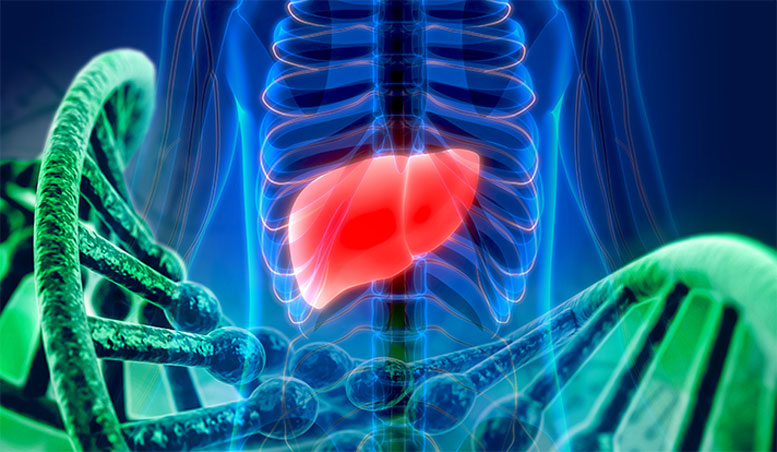
Yale University found four genes related to liver and kidney cystic diseases, expanding the understanding of dominant human polycystic diseases.
New research from Yale University reveals four genes linked to cystic diseases of the liver and kidney. These findings provide a more complete definition of the spectrum of dominant human polycystic diseases.
Researchers need to identify which gene mutations cause the disease in order to diagnose and find treatments for a genetic disorder. Polycystic kidney disease (PKD) is a common and often devastating genetic disease that results in cysts in both the liver and kidney. Cysts are pockets of fluid in an organ that develop over time and crowd out the normal functioning parts. The more common form of polycystic kidney disease, which affects adults and approximately half of their children, typically leads to kidney failure by the sixth decade of life. It is caused by mutations in the genes PKD1 or PKD2. The more rare juvenile form is caused by mutations inherited from both parents in a gene called PKHD1.
Yale nephrologist Dr. Stefan Somlo and his colleagues have found that some patients have only liver cysts, not kidney cysts, and thus don’t get kidney failure. This disease, known as isolated polycystic liver disease (PCLD), is typically benign but can lead to symptoms in rare cases where the liver becomes very large. Nonetheless cysts form due to a dysregulation of the same disease process as those in the kidney; the details of which are an important area of investigation. The Yale-led research team examined the genes of patients with liver cysts to further the understanding of why liver and kidney cysts form.
The team identified four additional genes associated with PLCD by sequencing patient genomes and computer analyses. This discovery demonstrated that many different genes are involved in the process of cyst formation. Interestingly, one of the identified genes was PKHD1, suggesting that a subset of carriers of PKHD1 mutations (parents of children with the juvenile form of PKD) can present with PCLD.
This finding supports a common mechanism of disease between both the adult and juvenile PKD and PCLD. Researchers, such as first author Whitney Besse, hope that through improving understanding of the genes involved in cyst formation, an effective treatment can be developed. It could be hypothesized now that blocking a single pathway could cure all of these diseases, said Besse. She and her colleagues plan to further study the underlying mechanisms of these diseases and how they might interact.
Reference: “Isolated polycystic liver disease genes define effectors of polycystin-1 function” by Whitney Besse, Ke Dong, Jungmin Choi, Sohan Punia, Sorin V. Fedeles, Murim Choi, Anna-Rachel Gallagher, Emily B. Huang, Ashima Gulati, James Knight, Shrikant Mane, Esa Tahvanainen, Pia Tahvanainen, Simone Sanna-Cherchi, Richard P. Lifton, Terry Watnick, York P. Pei, Vicente E. Torres and Stefan Somlo, 4 April 2017, Journal of Clinical Investigation.
DOI: 10.1172/JCI90129


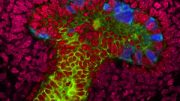
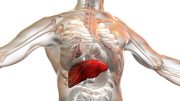
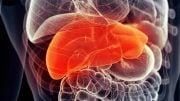

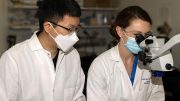
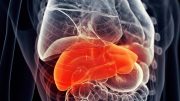
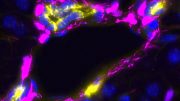
Be the first to comment on "Scientists Reveal Four Genes Linked to Cystic Diseases of the Kidney and Liver"